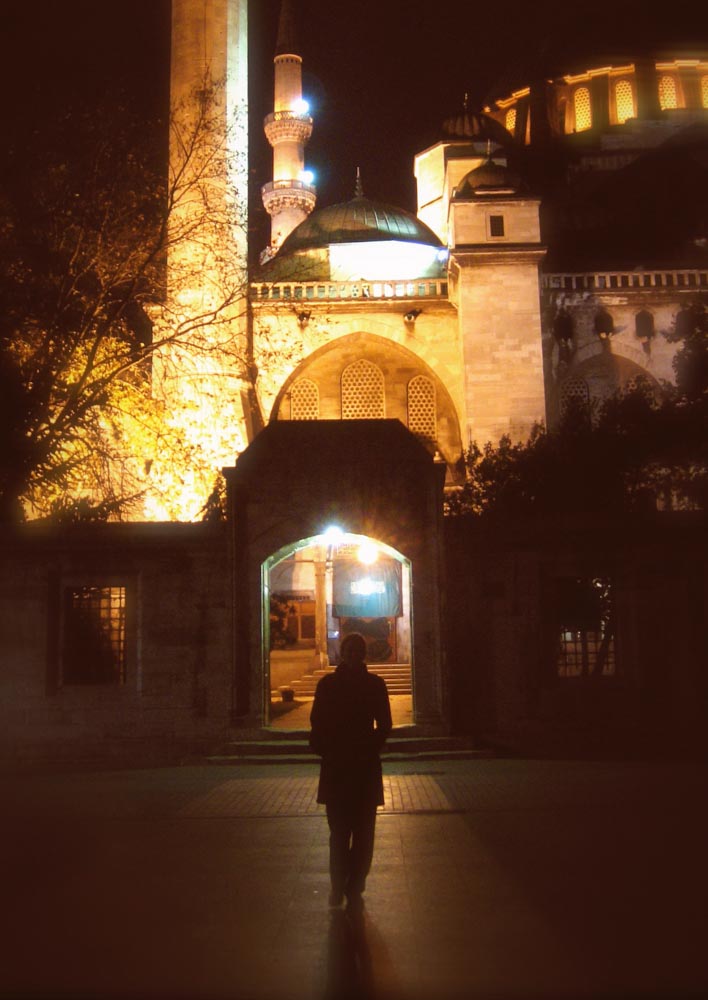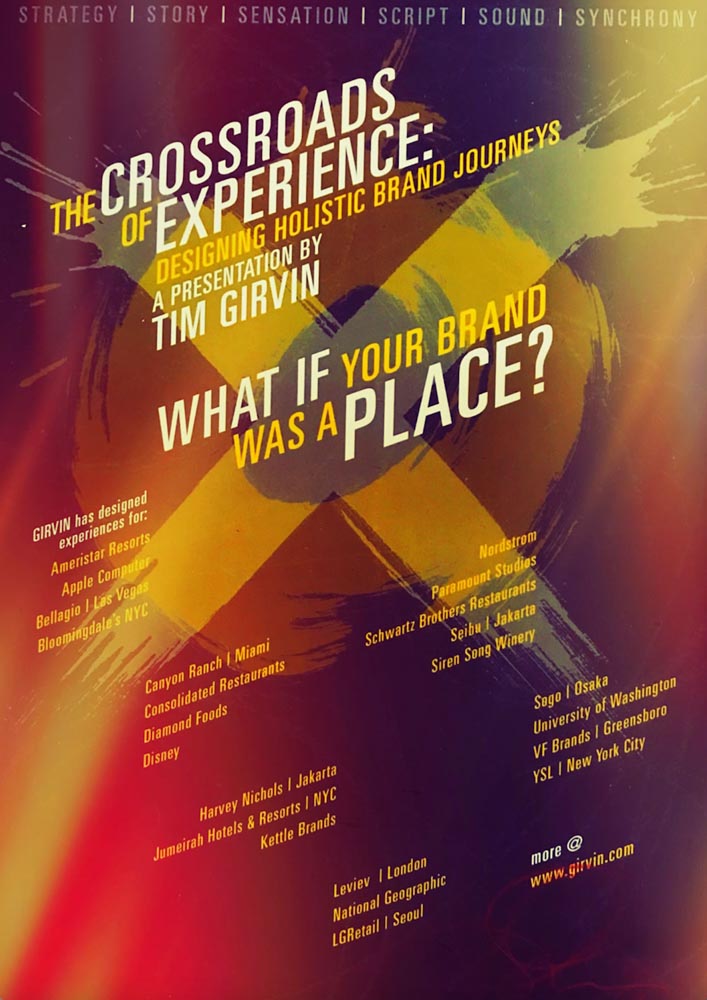
As you walk a journey—there are symbols in the path of your stride.
As a person that has history in building places, thinking design in destinations, I tend to think about everything as a migration of symbolic content. Surely, simply, contemplate walking in a door—you were on the outside, now you’re on the inside. What happened?
One might say, “I’m inside. So what?”
To earlier cultural inspirations, the door was a portal, a symbolic pathway from, for example, the wild chaos of the outside realm to the harmonious protection of the inside; and the comforting warmth of the hearth and food. In fact, speaking of symbolic orientations, many earlier structures were built to face the sunrise, and pivot their positioning on the axial character of the cardinal points.
I’ve written about this earlier.
It comes down to how you think about the notion of a place—not a “space”—but a place well-made. And this comes down to the proposition of how someone thinks about the place that they are in. Square, circle, axis, cruciform—a plan is a plane, it’s a field of imagination—something to wander in, and explore. And it’s up to your sense of imagination in the wonderment that you might experience, or create in making a place, that could have a deeper symbolism.
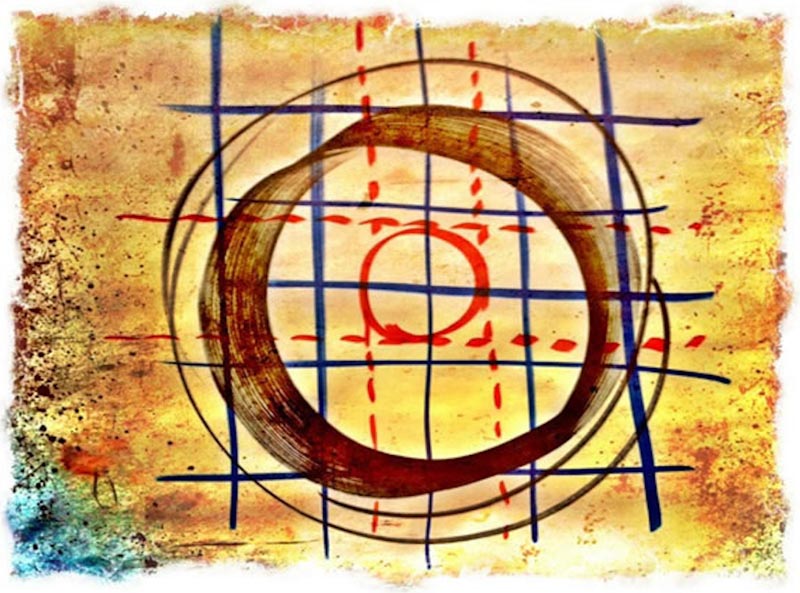
When I think of the great and powerful places that I have been, journeyed to, they are all about procession, powerful pathways in the comprehension of meaning in the flight of memory.
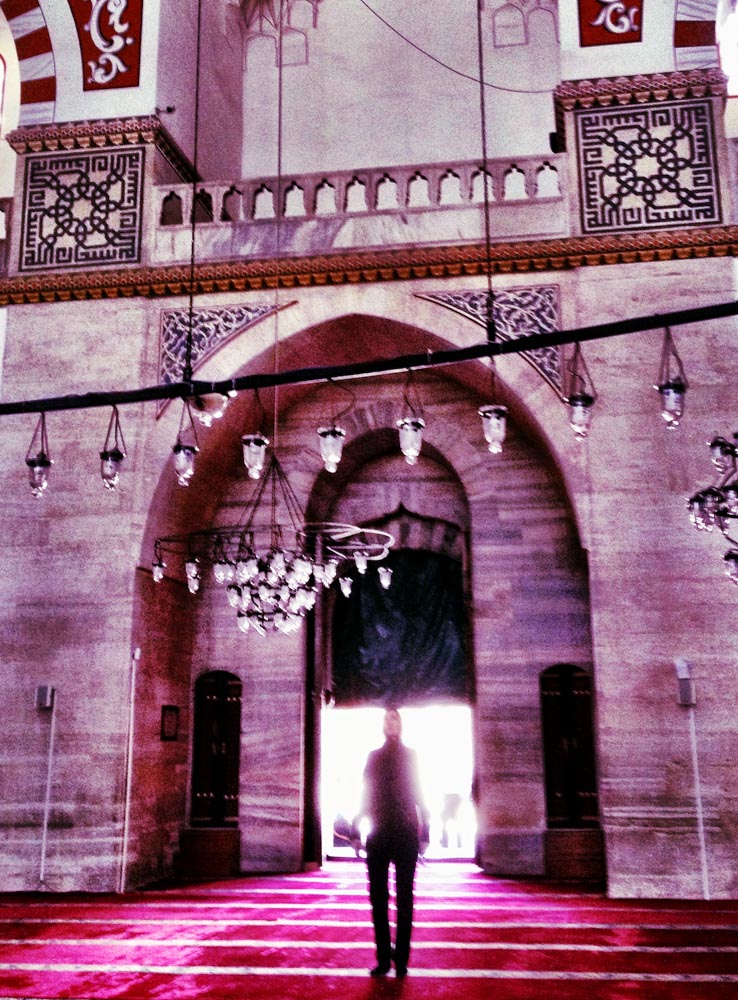
That would be, for example—the great domes of Istanbul.
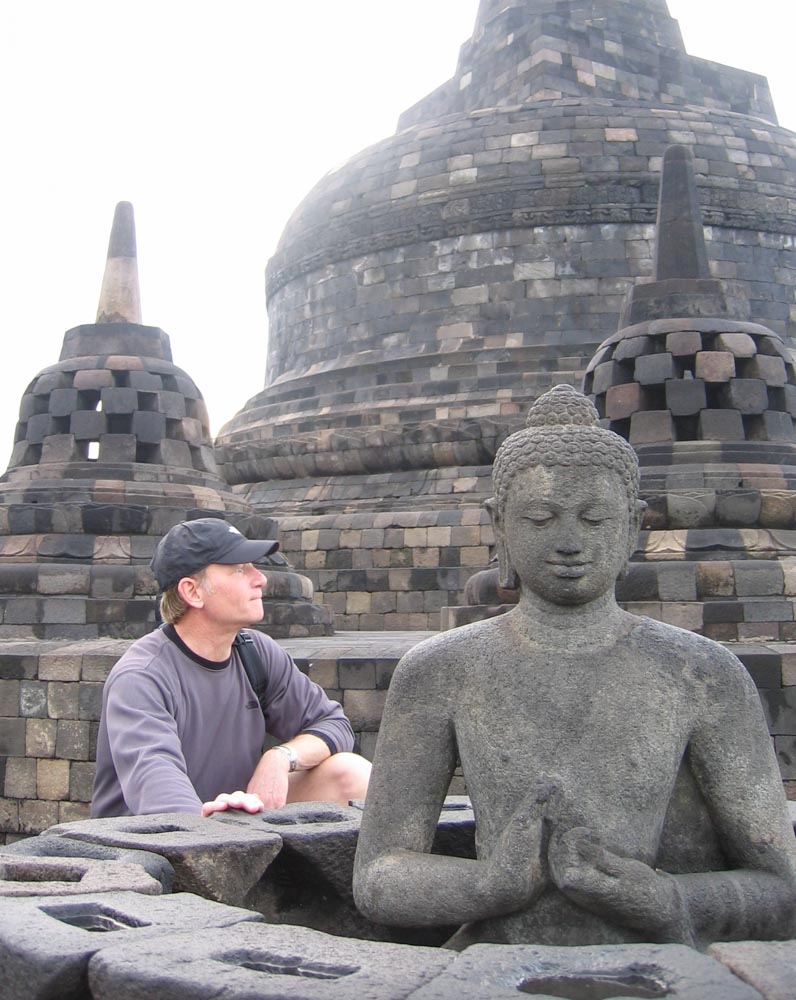
The 504 Buddhas of Borobadur, Yogyakarta, Java.
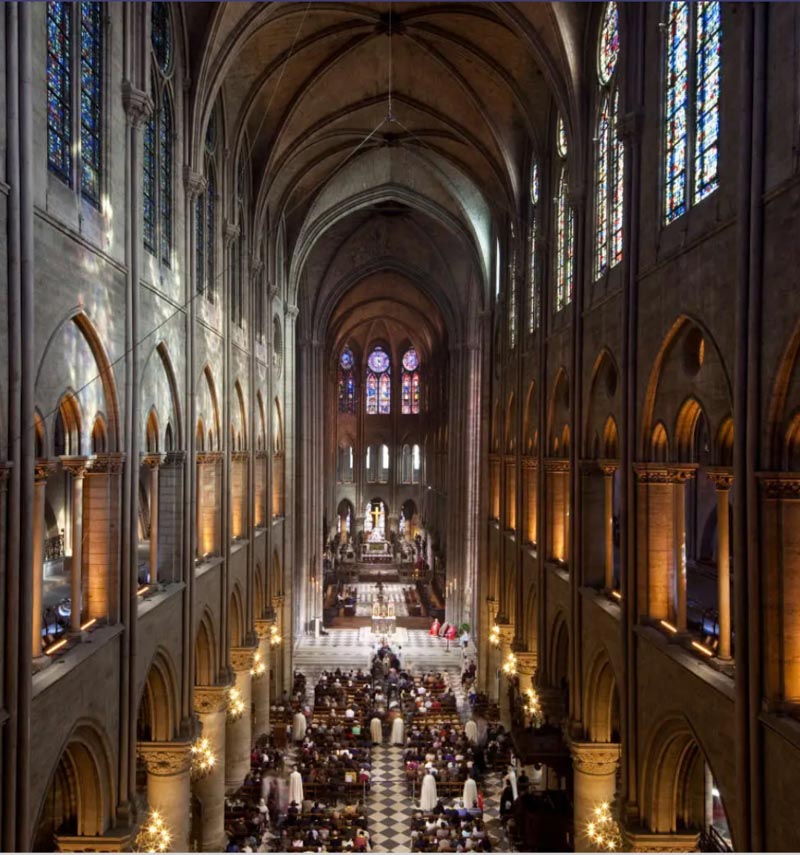
The Nave of Notre-Dame de Paris.
I’m sure that you have plenty of other compelling, unforgettable symbolic places that you have been. And likely, the power of them lies in their spectacle and the metaphorical nature of their design.
Exterior.
Entry.
Volume.
Siting and structure.
The space around the place.
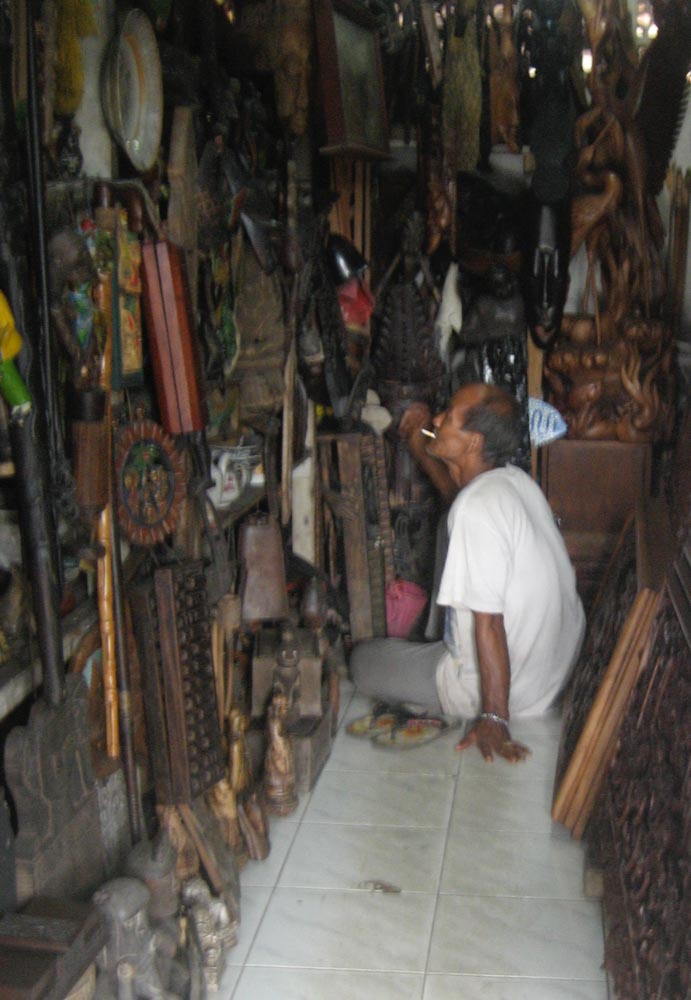
Perhaps it’s merely a little shop?
Maybe Disneyland?
Apple headquarters?
That poster at the header of this blog is particularly relevant to this idea—the allegory of powerful, unforgettable placemaking—the circle, which is the range of the sky, dome of the universe, and the X—the crossroads of decision-making: which way from here?
Formally, and formerly, this would be the circle of “heaven” and the “square of earth.”
This line of thinking isn’t limited to Western spiritual architectures, but finds presence in other lines of Eastern placemaking—and has been studied, for example, by others.
Dramatic journey built as a mapping of principles, which I’d referred to as “cosmographic” as in a cartography of the markings of spiritual journey.
Like Stella Kramrisch’s studies [below]
in her epic “The Hindu Temple.”
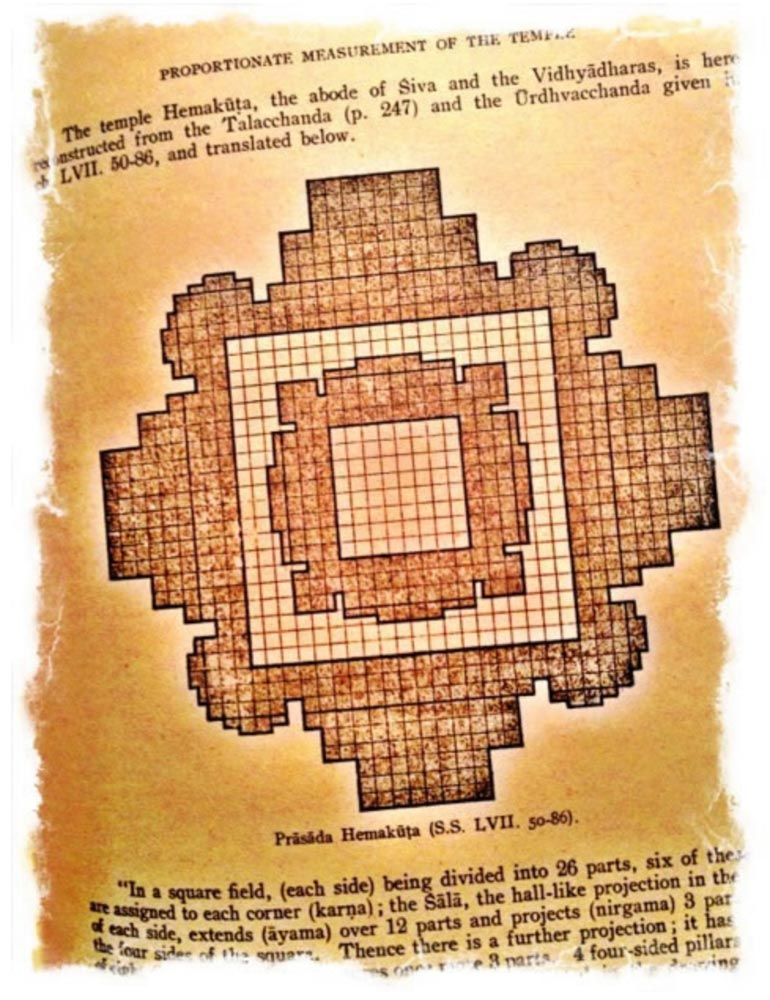
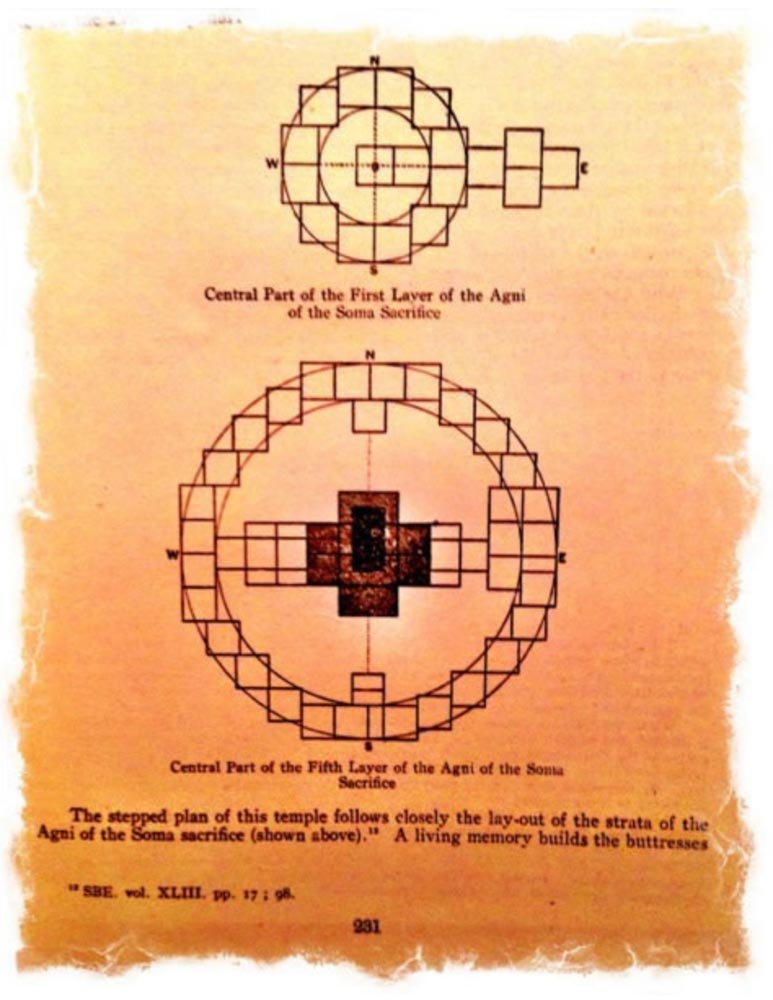
The question is, really, as a brand designer, architect and place-making thinker, how does this apply?
Think for a moment about the etymology of symbol—it’s an allegory unto itself: a javelin of ideas—it throws you somewhere. And being cast farther out there, you find something new to comprehend.
As etymologist Phil Harper notes,
Moving backwards in word usage, from the mid-15c., simbal, “creed, formal summary of religious belief,” from Late Latin symbolum “creed, token, mark,” from Greek symbolon “token, watchword, sign by which one infers; ticket, a permit, license,” etymologically “that which is thrown or cast together.” It is from assimilated form of syn- “together” (see syn-) + bole “a throwing, a casting, the stroke of a missile, bolt, beam,” from bol-, nominative stem of ballein “to throw” (from PIE root *gwele– “to throw, reach”).
The sense evolution in Greek is from “throwing things together” to “contrasting” to “comparing” to “token used in comparisons to determine if something is genuine.” The Greek word was applied c. 250 by Cyprian of Carthage to the Apostles’ Creed, on the notion of the “mark” or “outward sign” that distinguishes Christians from pagans.
Hence also “something which stands for something else,” especially “object standing for or representing something sacred, moral, or intellectual” (1580s); “a written character, mark, or sign which stands for something” (1610s).
For me it’s about the thinking about, and experiencing, the depth of place.
When you enter a place, a journey as an experiencer—what are you looking for?
What are you looking at? And feeling?
And, as you study place, and yourself in that place, do you ponder:
“why am I here?”
Girvin notes on place-making.
Girvin notes on cosmic and symbolic design strategies.
TIM | GIRVIN | OSEAN
Digital | Built environments by Osean | Theatrical Branding
Waves | Art | Talismanika™ | Oom Carpet Arts | Technology Branding | Destination Brands
GIRVIN creates projects in strategy | story | naming | messaging | print
identity | built environments | packaging
social media | websites | interactive
Walk in, examine what you sense, what story is being told in this place that you are—
and, perhaps, is there something deeper here, where you are?
